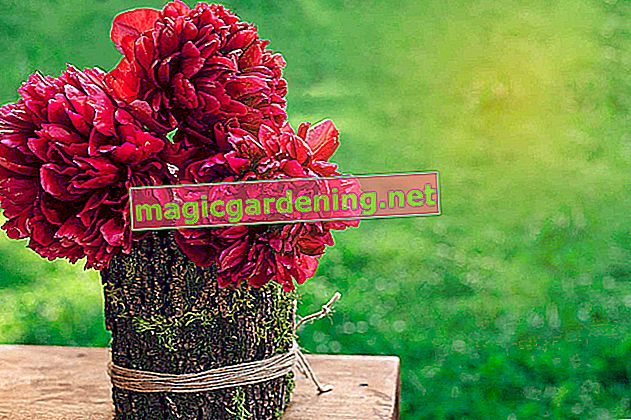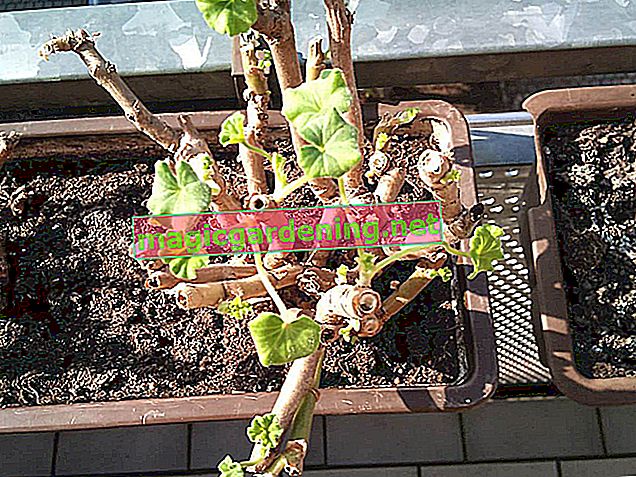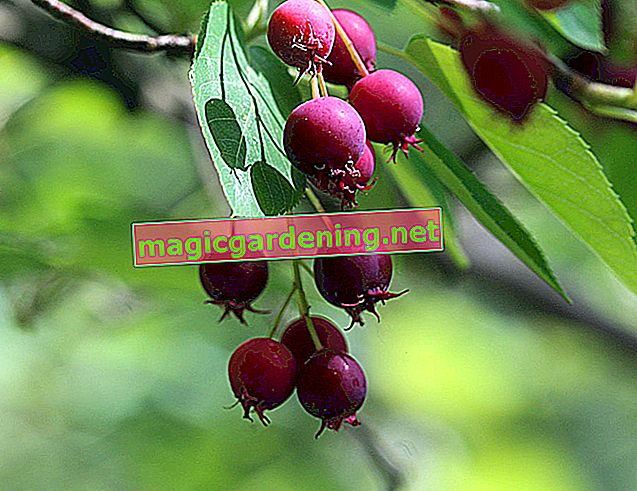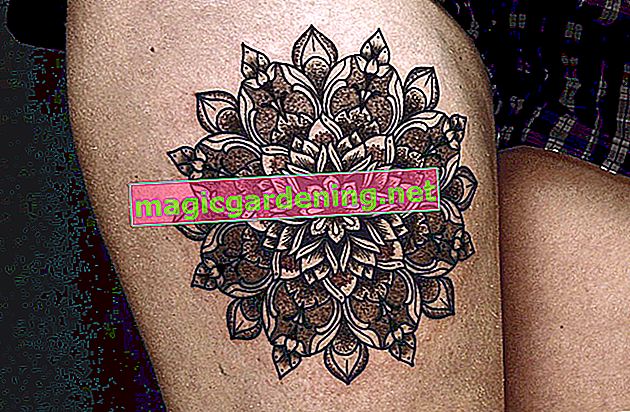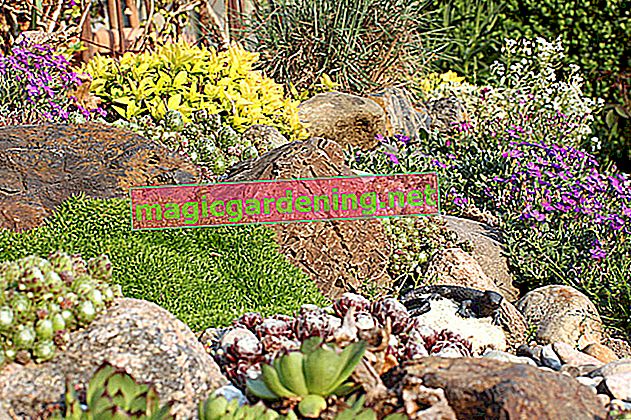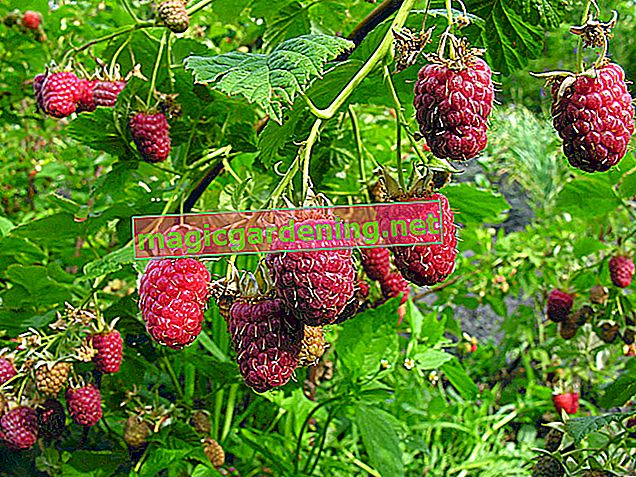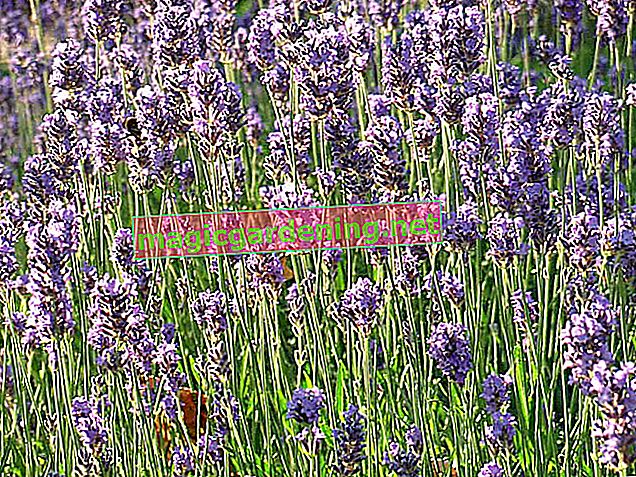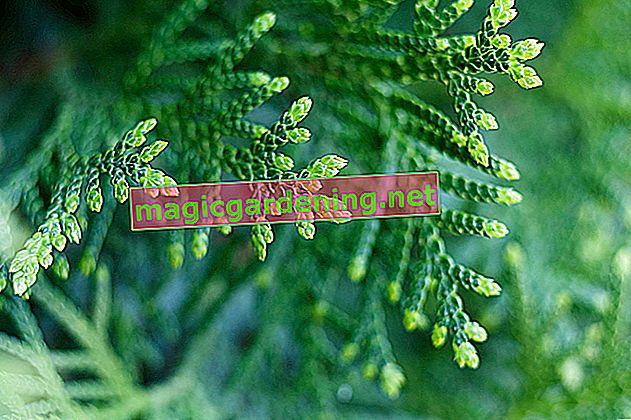
What diseases are found in thuja?
- Care errors
- Fungal diseases
- Pest infestation
- external influences
Diseases are less common. Most of the time the thuja gets sick because it has not been properly cared for. Maintenance errors are particularly common when it comes to the supply of moisture. Either the hedge was not watered often enough or there is waterlogging at the site.
also read
- Recognize and combat diseases of the thuja emerald
- Diseases are rather rare at Thuja Brabant
- Which diseases turn the thuja black?
A discoloration of the needles is also caused by over-fertilization with mineral fertilizers or in winter by road salt.
If the needles of the thuja turn yellow, it may be symptoms of magnesium deficiency. This can be combated with fertilization with Epsom salt.
Recognize symptoms
Whenever the tree of life changes color, the gardener should investigate the causes. If the thuja turns brown inside in autumn, this is a natural process. She then discards old needles.
If only the shoot tips are brown or yellow, if white spots appear on the trunk or if the whole tree seems to have dried up, either incorrect care or diseases are responsible.
Pest infestation by the leaf miner
Brown shoot tips can be triggered by an infestation of the leaf miner. In addition to the brown tips, feeding tunnels in the shoots appear as symptoms. There are small black dots on the needles, the pests of the pests.
Thuja fungal attack
Fungal diseases show up as discolored needles that become very soft. The infestation begins at the shoot tips and continues quickly to the trunk.
If the trunk becomes whitish and blotchy below, the cause could be root rot. It occurs through the transmission of fungal spores and is favored by too moist, dense locations.
Fight diseases of the thuja
If the diseases of the thuja have been triggered by incorrect care, the tree of life can often still be saved. Either provide better drainage or water more regularly. Be sparing with mineral fertilizers and use organic fertilizers such as compost or manure.
If the thuja is infected with pests, cut off all infected parts. If you have to cut into the old wood, the thuja will not sprout again there.
In the case of a fungal attack, it depends on how badly the tree of life is affected. In the event of severe damage and advanced root rot, all that remains is to clear the tree of life completely and replace the earth. In the hedge, the adjacent still healthy trees must be treated with fungicides. This is the only way to prevent further spread.
Tips
If the thuja turns black, it is not a disease, but a manganese deficiency. It is triggered by soils that are too acidic. You can combat this deficiency by liming the soil.

